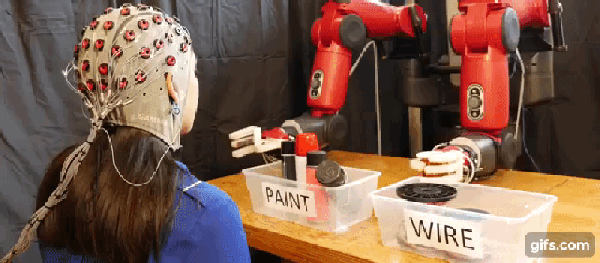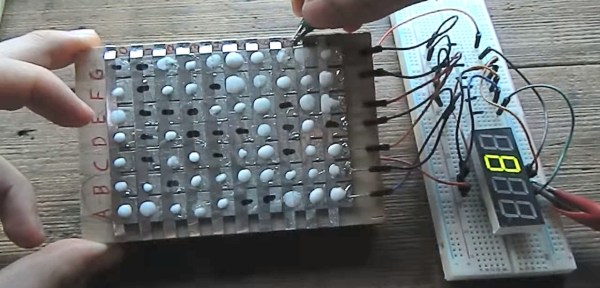Reserve your spot at the Los Angeles Hackaday Unconference on Saturday, March 18th. The Hackaday community is huge in LA and this event will fill up, so don’t delay.
The Unconference is a unique opportunity to decide the course of the day as it happens. Everyone who attends should be ready to stand and deliver at least eight minutes on a topic they find exciting right now. The energy this creates is the key to a level of involvement that can’t be matched at traditional conferences that have a divide between those presenting and those attending.
LA Joins Chicago and San Francisco
This announcement of the Los Angeles Hackaday Unconference joins two others happening the same day. Last week we announced San Francisco as a host location and the event is now full… but anyone in the area should still get their name on the waiting list. Four days ago we announced Chicago as the second location and that event will likely reach capacity today. [Shulie Tornel] and [Jasmine Brackett] are organizing things at the LA event which is being held at the Supplyframe Design Lab from 1 – 8 pm on 3/18.
Build Something that Matters
You can speak on any topic you want, but sometimes having a theme helps to get the ideas flowing. When considering your topic, keep Build Something that Matters in mind. Have you been looking into a technology, project, or idea that can make life a little (or a lot) better for the world? That would be an exquisite topic.
At the beginning of the day we’ll go around the room and get the talk title or subject from everyone there, then as a group we’ll hammer out a schedule for the day. As presentations progress, we encourage new impromptu talks to spring up, and can even split those off into a second talk space or discussion group. We’ll have food and drink on hand, as well as some interesting hardware to give out as door prizes.
The Hackaday Unconference is the ultimate idea and energy exchange in a crowd of your peers. You’ll have a hard time finding a cooler way to spend a Saturday this year. See you there!



















